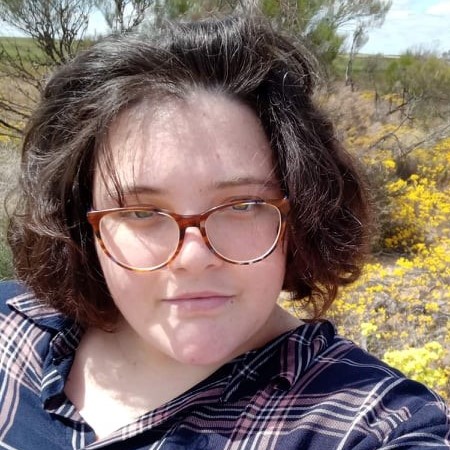Are you wish-cycling?
By Stephanie Collins
Do you want to recycle as much as possible? Do you find yourself unsure of items to put in the recycling bin? Do you err on the side of caution and put items you aren’t certain of into the recycling bin? You may actually be wish-cycling!
Wish-cycling is the throwing of items into our recycling bins without knowing if it’s actually recyclable. You kind of hope its base resources may be useful, or the recycling facility will make that decision for us, when in reality the item cannot be recycled or processed locally. We all want to be good recyclers; the warm feeling of knowing you’re doing what you can against our waste worries can carry you through the day.
Wish-cycling can waste resources within the recycling process, as unsuitable materials need to be sorted out and removed by staff members and can get caught up in the specialised machinery (like textiles, rope and hoses) causing delays and potential damage. Wish-cycling creates extra waste; an item that could have been donated, repaired or taken to a specialist recycling program will now end up in landfill because it can’t be processed through the kerbside recycling bin.
The Materials Recovery Facilities (MRFs) which sort the contents of our recycling bins are designed to process generic items from the kitchen, laundry and bathroom. Certain products, such as those made of mixed materials (including coffee cups, soiled pizza boxes, coffee pods, clothes hangers) or hazardous items (such as electronics, chemicals, batteries), are only recyclable through specialised programs and shouldn’t be placed in your recycling bin. Recycling these materials effectively helps to create a circular economy in which they can be reused again and again.
The resource recovery system in place for recycling works best if we work with it. Becoming a better recycler begins with learning the foundations of recycling and building a toolkit of resources to make remembering easy.
So, what can go in the yellow lidded recycling bin?
- Metal: Food cans and tins should be rinsed and put in your recycling bin
- Plastic: Food containers, and rigid plastics, should be rinsed and put in your recycling bin, black plastic containers should be put in your general waste
- Glass: all glass, even if broken, can be put in your recycling bin, food containers should be rinsed
- Paper: paper should be put in your recycling bin, except shredded paper, which should be put in your FOGO bin or composted
- Cardboard: clean cardboard should be flattened and placed in your recycling bin.
Where to go to find out more?
- Check Recycle Right’s A – Z list to find out how to dispose of a particular item
- Check your council’s website to see what standards they have in place
Some tips to remember when recycling:
- Reduce your waste: the most important first step! When possible, avoid single use products and reuse what you can. If you’re not producing the waste in the first place, then you won’t have to worry about which bin it goes in!
- Don’t bag it: keep your recyclables loose so they can be easily sorted
- Soft plastics: recycle these through REDcycle bins at Coles and Woolworths
- Food remnants: clean what you can and dispose of soiled items like greasy pizza boxes in the general waste or lime-green lidded FOGO bin (if you have one)
- Lids: plastic lids should be removed and can be taken to any containers for change refund points or placed in your general waste bin. Metal lids should be removed and placed in your recycling bin
- Styrofoam: should be placed in your general waste bin or taken to a drop-off location.
- Hazardous household waste, E-waste, and Ink cartridges: bring these to your local council’s drop-off centre, try find my nearest
For more information visit Recycle Right!

ABOUT THE AUTHOR
Stephanie is a recent graduate of a Master of Science Communication from the University of Western Australia. She also has a Bachelor of Zoology, has lived in four states and territories across Australia, and is always amazed by Australia’s unique ecosystems. She loves using her communication skills to encourage people to explore and care for the environment.